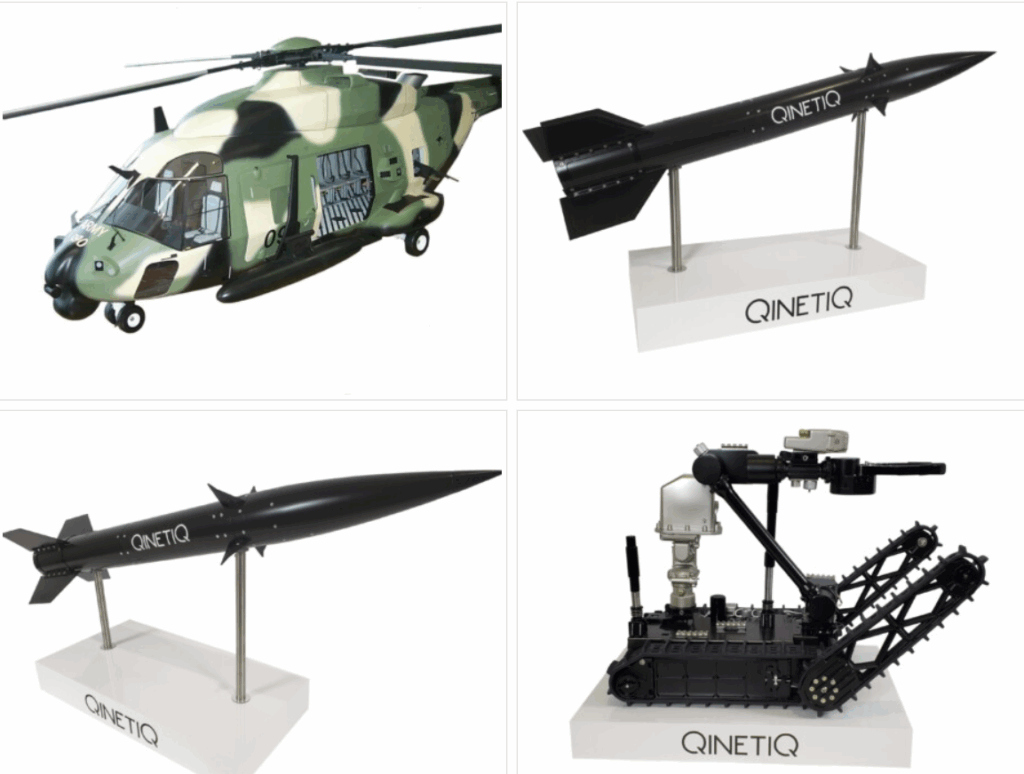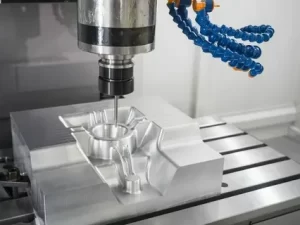In a world increasingly driven by digital technology—from virtual reality demos to 3D design visualisations—it might seem surprising that traditional physical models still dominate the stands at defence exhibitions. But take a walk through any major defence expo like LAND FORCES in Brisbane, or even international shows like DSEI or Eurosatory, and you’ll spot a familiar centrepiece: highly detailed physical models of aircraft, naval vessels, ground vehicles, and integrated weapons systems.
So, what’s the appeal? Why do exhibitors still go to the effort of transporting large, fragile military models around the country—or across the globe—when there are sleek digital alternatives? The answer lies in a mix of practicality, psychology, and good old-fashioned impact.
Tangibility Builds Trust
There’s something deeply reassuring about seeing a scaled-down model in person. Physical defence models create a tangible presence—a connection between concept and reality. Whether it’s a new surveillance drone or an advanced land vehicle, a 3D model gives viewers an immediate sense of scale, proportion, and purpose.
In high-stakes environments like defence contracting or government procurement, tangible objects still carry weight. They build trust more quickly than a digital presentation because they feel real. A model you can walk around, point to, and discuss in physical space offers more engagement than one on a screen.
Helping Non-Technical Stakeholders Visualise Concepts
Not every decision-maker at a defence exhibition is an engineer. Ministers, procurement officers, and international delegates may not have the technical knowledge to understand CAD renders or blueprints. A physical military model helps bridge that understanding gap.
Detailed physical displays allow stakeholders to see a concept in context, making it easier to comprehend how a platform functions, how components interact, or how a system might be deployed in real-world operations. When you’re trying to explain a cutting-edge innovation, a physical model provides clarity that static screens often lack.
Standing Out on a Crowded Show Floor
Let’s be honest—defence exhibitions can be overwhelming. With hundreds of booths, banners, video screens and promotional material everywhere, standing out is half the battle. A stunning physical model immediately draws attention.
Whether it’s a highly-detailed tank model, a naval vessel with working lights, or a full mission scenario laid out in a diorama, physical models naturally attract foot traffic. They invite questions, spark conversations, and provide natural entry points for networking and lead generation. In a high-stakes industry like defence, that initial engagement can lead to lasting business relationships.
Strategic Storytelling with Dioramas
Military models are no longer just about showing off a new vehicle or missile system—they’re used to tell strategic stories. Many exhibitors now incorporate their models into dioramas that show operational scenarios, like coastal surveillance, air base defence, or joint force deployments.
These scenes help visitors visualise how a product or platform integrates into broader defence ecosystems. It’s particularly effective in international contexts where language barriers might get in the way of a verbal pitch. A detailed diorama communicates with everyone.
Demonstrating Modularity and Adaptability
Most modern defence solutions aren’t off-the-shelf—they’re designed to be modular and scalable. A physical model is an excellent way to demonstrate that flexibility. Swappable turrets, mission-specific modules, or paint schemes adapted to local environments all show that the system can be tailored to suit a buyer’s unique needs.
Defence clients often want to see how their own configurations would look and function. A model customised to local terrain, climate, or mission requirements makes a much stronger impression than just promising “modular capability” in a brochure.
Collectability and Long-Term Brand Impact
There’s also a brand loyalty factor that comes with military models. Many companies give out scaled-down keepsakes or create miniature versions of their platforms as part of their post-exhibition marketing. These become treasured mementoes that sit on office desks or shelves, keeping your brand front-of-mind long after the event.
Unlike a USB drive or branded stress ball, a military model has emotional weight—especially for defence professionals, veterans, or hobbyists. It’s a conversation piece, a reminder of capability, and sometimes even a collector’s item.
Utility Beyond the Expo
A well-made defence model isn’t just for show day. After the exhibition, it can continue to serve a purpose in stakeholder meetings, office displays, or presentations to international delegations. In some cases, these models are also donated to educational institutions, defence training centres, or museums.
The return on investment for a quality model is surprisingly high. It supports marketing, education, internal briefings, and even media appearances. And if you’re working with a trusted model maker like Austek Models, you can ensure it meets the exacting standards required for repeated use.
Supported by Modern Craftsmanship
It’s important to remember that the models on show today aren’t like those from the 1980s. Thanks to technologies like 3D printing, laser cutting, and CNC machining, modern defence models are more accurate, durable, and transportable than ever before.
Companies like Austek Models in Queensland combine cutting-edge production techniques with deep industry knowledge, resulting in bespoke models that aren’t just display pieces—they’re tools of communication, persuasion, and professional storytelling. Whether it’s a one-off prototype or a series of scale replicas, they offer a level of quality that can stand up to any exhibition environment.
Final Word: Why Physical Still Wins
As digital tools become more sophisticated, it might seem logical that physical defence models would fade into the background. But instead, they’ve become more valuable. In a digital-saturated world, something tactile and visually arresting stands out more than ever.
Military and defence models remain a cornerstone of successful exhibitions because they do something that pixels can’t—they connect people. They spark questions, ground technical ideas in the real world, and leave a lasting impression.
So the next time you’re at a defence expo and spot a miniature helicopter suspended mid-flight or a tank poised for action on a custom-built terrain, take a moment. That model isn’t just a bit of eye candy—it’s a strategic communication tool, and it’s doing its job.






